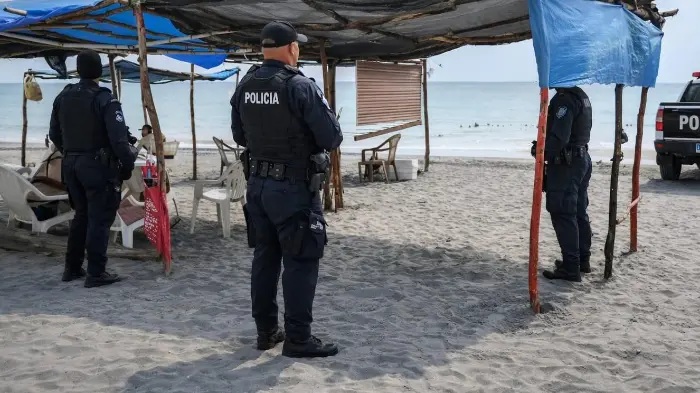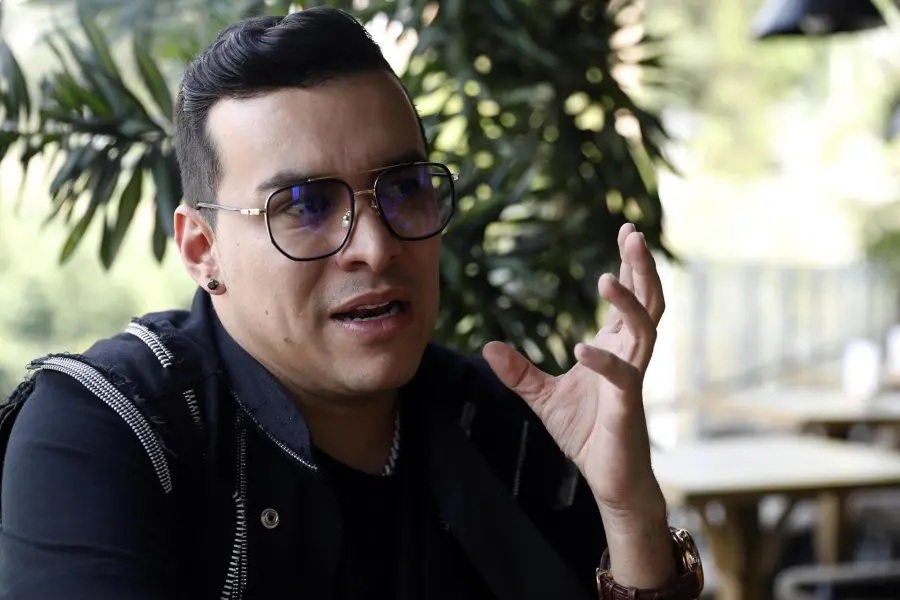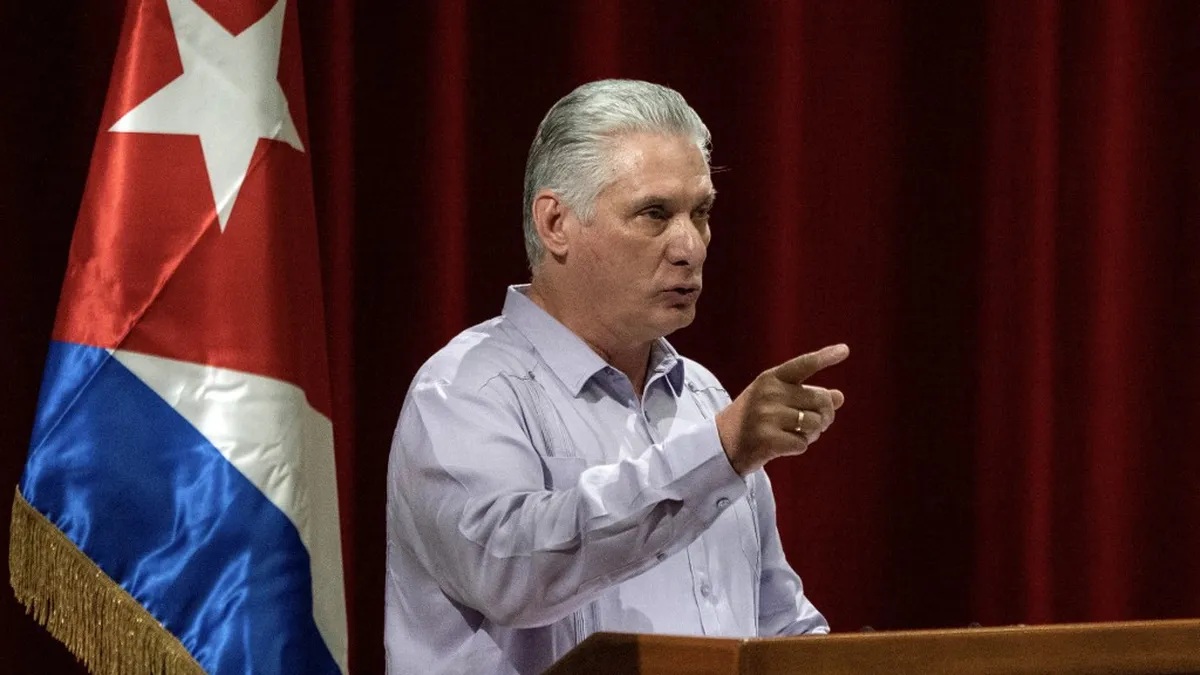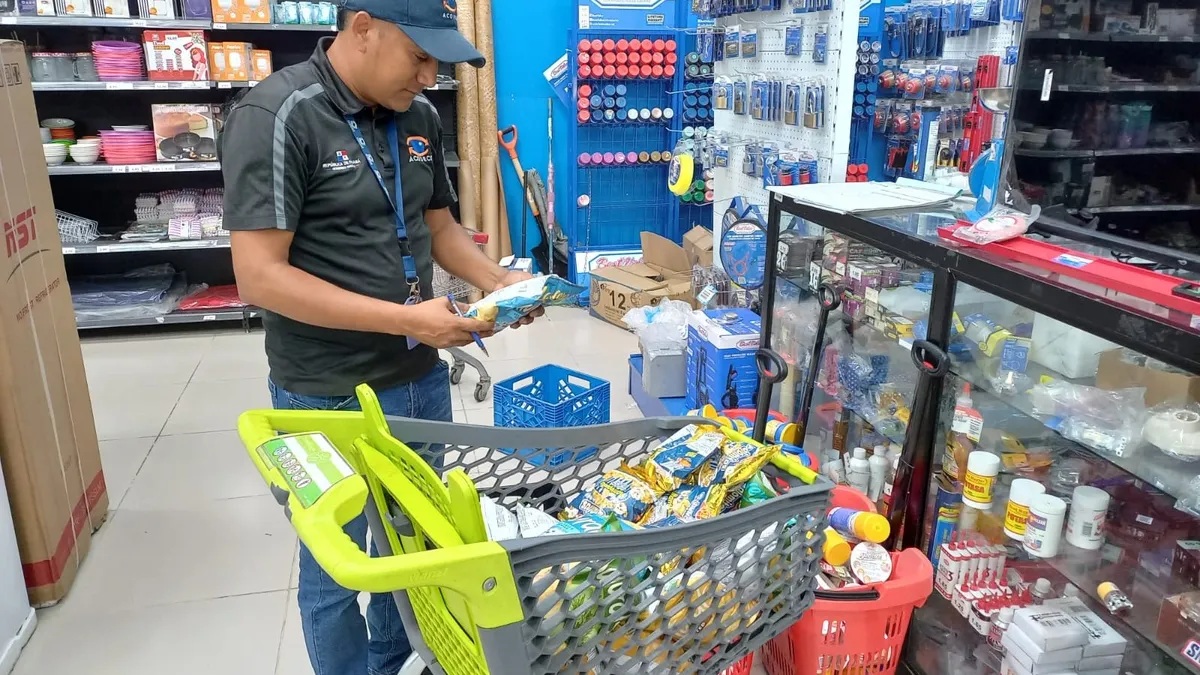Behind the lines a tourist view of indigenous protests

An American tourist heading for Chicago after a three week visit to Panama sent this report to Newsroom reader Lois Seldon. It is reprinted, unedited.
On Feb 2 (Thursday), not being aware of possible protests, I took a small local bus from Boquete to Bocas Bravo. That is where for the first time I heard about the road blocks. The protest situation was broadcast to the passengers by the Canadian couple who were using a Spanish guy to follow and translate the local news on prensa.com The Canadian couple did not want to miss their flight from Panama City to Canada. The news did not sound good because eventually the Indians blocked the Horconsitos intersection. I learned more about it from the boat driver after two nights at the Bocas Bravo Hotel when I was packed and about to leave the hotel by boat. The boat driver said that the traffic on the Horconsitos intersection was seized up. That is when we were really stranded in Bocas Bravo. Eventually the wise Canadian couple booked a flight from David to PC over the internet and had to figure out how to get to David by bus.
 I have to confess I did not feel much pressure because I made an acquaintance with an American who owned the private house next to the Boca Bravo Hotel. Mac had a flight from David to PC (previously booked) on the day I was going to leave Boca Bravo. He consulted the hotel owner Kelly and decided to leave the island at 7 am on Feb 4th (Saturday) and to be on the Pan American highway early in the morning before the Indians started their commotion. He also listened to the advice of a collegial taxi driver at Boca Chica and took an alternate road from Boca Chica to San Lorenzo to avoid the blocks on the Horconsitos intersection. He dropped me off at the bus station in San Lorenzo. My plan was to move to Las Lajos. Mac encouraged me to do it. Neither he nor I realized the true seriousness and danger of the situation.
I have to confess I did not feel much pressure because I made an acquaintance with an American who owned the private house next to the Boca Bravo Hotel. Mac had a flight from David to PC (previously booked) on the day I was going to leave Boca Bravo. He consulted the hotel owner Kelly and decided to leave the island at 7 am on Feb 4th (Saturday) and to be on the Pan American highway early in the morning before the Indians started their commotion. He also listened to the advice of a collegial taxi driver at Boca Chica and took an alternate road from Boca Chica to San Lorenzo to avoid the blocks on the Horconsitos intersection. He dropped me off at the bus station in San Lorenzo. My plan was to move to Las Lajos. Mac encouraged me to do it. Neither he nor I realized the true seriousness and danger of the situation.
I reached San Felix via a small local bus and had to walk alone among the dozens of stopped trucks and buses. Passengers were hiding from the sun in the baggage compartments. Truck drivers were giving away vegetables. I saw a big crowd of Indians having a meeting at the intersection with the traffic sign “David 78 km –Panama City 361 km”. There were blocks not only on the highway but also on the road to Las Lajos. There was no police. I asked a driver of one of a few taxis around the bus stop to give me a ride to Las Lajos. He said that it is not permitted to cross the Pan American. He said that I have to walk down the Las Lajos road about 1 km and take a taxi from there. I did not have any other option on a very hot and sunny day and I started my walk, but thankfully not for long because I was picked up first by a Swiss guy and then by a Canadian (both are owners of houses in Las Lajos). The Canadian rents out his house, which is situated on the Playa de Las Lajos. The house he and his wife live in is right at the intersection area where protestors organized their meetings. So I was dropped off at the hostel La Spiazza. There was a German tourist stranded at that hostel for five days. By the evening the same day, two Russians and two Americans arrived from Boca Bravo. During that day they had visited the David airport. They were offered a flight ticket to PC for $150. They did not want to overpay and could not buy a cheaper ticket at the booth. Eventually they decided to move to the east, to Las Lajos. They arrived by the evening.
The owner of La Spiazza runs the Internet cafe at the hostel. (I believe that she has cable Internet because the Internet at the houses of the foreign settlers was out. They had to use the cable Internet at the Las Lajos Hotel owned by a German guy.) Four or five prensa reporters were based in La Spiazza during those events. It was a full house. The phone connection had been cut off by the government in order to interrupt communication between protestors using their cell phones. Stores were not allowed to sell beer to prevent it going to the Indians. The grocery stores were lacking meat, eggs, bread, yogurt, fruits and vegetables.
On Saturday morning the journalists left. At about noon the owner announced that there is no water, gas or fuel at the hostel. The Russian and American tourists decided to leave the hostel and left behind two backpacks, big and small, a surfboard, and a big plastic bag full of food. They decided to move to Santiago along the road to the east, walking and taking the occasional buses and cars. A totally crazy plan! I tried to convince them to wait till morning but in vain. I could not go with them because my luggage was too heavy to carry on a very hot day. I also believed that the government had started its radical actions against the protestors and would clean the mess on the road on Monday.
The owner of the hostel said that her 26 year old Indian friend, a law student, was killed on the street and that eight more Indians were wounded and bleeding in the fields, hiding from the police.
Thank God there was a good Internet connection in La Spizza. I emailed to the Swiss and Canadian guys about my situation and was prepared to wait out my fate. I had a conversation with a hostel owner who admitted that she shut down the water because she wanted to economize. She said that she also has a well in the adjacent lot that she owned and that there was enough water for a shower, cooking and drinking but not for dishwashing. I was shocked by such cruel manipulation that forced tourists to leave that hostel and subjected them to all kinds of danger on the road.
It did not take too long for Henry, a Swiss, to arrive at the hostel. He offered me to stay in his house. It was a very pleasant evening complicated only by the fact that Henry does not speak English and I do not speak German, and the fact that his wife was stranded at the border with Costa Rica and could not get to Panama.
In the evening (Sunday) we checked the situation on the intersection. There were no Indians, nobody at all in fact except many policemen. The roads were partly cleaned. There was fuel at the gas station.
Next morning (Monday) Henry took me to the intersection (Las Lajos—Pan American). There were a few ambulances riding back and force in Las Lajos. There were many fewer policemen. Some local citizens were waiting for a bus to Santiago. The buses operated on the basis of full occupancy. The cashier made a list of names of potential passengers, made us pay for the ticket and then we waited till the fifteenth person showed up.
The ride to Santiago took two hours. The roads had almost no traces of the roadblocks. We saw military trucks full of soldiers with gas masks covering their faces. We smelled gas. The military sprayed the bushes along the road chasing away any Indians that were hiding there. Santiago looked very free, quiet and peaceful. I changed the bus twice and got to El Valle.
Then I had a two-day trip to San Blas and returned to Chicago.





